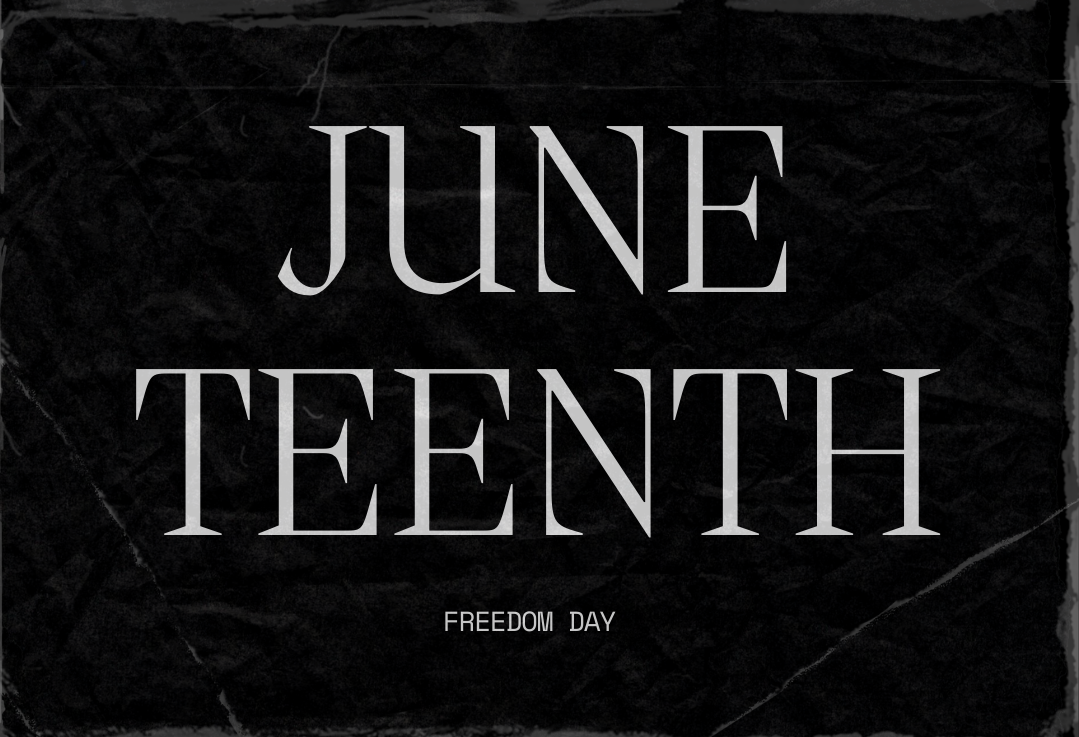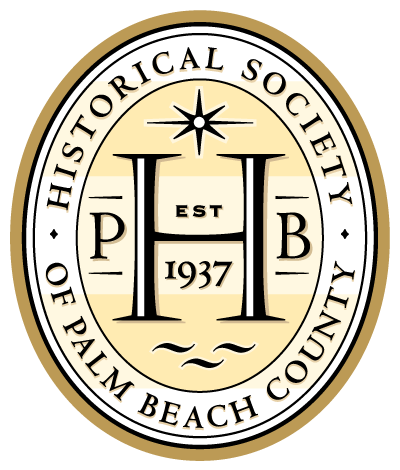
Happy Juneteenth!
If you are like many people, you may have a vague understanding of the holiday celebrated on June 19, but do you understand its origins and why it is observed nationally today? Here is a brief history . . .
Many people mistakenly believe that Juneteenth marks the public reading of the Emancipation Proclamation and the abolition of slavery across the United States. The commemoration sprouts from these roots. On June 19, 1865, Maj. Gen. Gordon Granger, arriving in Galveston, Texas, read a General Order from President Lincoln to end slavery in Texas. This event took place two years after the Emancipation Proclamation freed the slaves in the secessionist confederate states.
Emancipation Proclamation
On January 1, 1863, President Abraham Lincoln’s Presidential Proclamation and Executive Order was read publicly:
That on the first day of January in the year of our Lord, one thousand eight hundred and sixty-three, all persons held as slaves within any State, or designated part of a State, the people whereof shall then be in rebellion against the United States shall be then, thenceforward, and forever free; and the executive government of the United States, including the military and naval authority thereof, will recognize and maintain the freedom of such persons, and will do no act or acts to repress such persons, or any of them, in any efforts they may make for their actual freedom.
There were limitations to the immediate effect of the order. It only addressed the liberty of slaves in rebellion states, not border union states, though it did apply to more than 3.5 million of the estimated 4 million slaves across the country. The order was often not shared by those who did not want to give up their way of life and slave-based economy.
Despite the slow spread of the decree, many slaves were able to secure their freedom by the end of the American Civil War in April 1865. The Emancipation Proclamation focused the attention of the war on the abolition of slavery. It also opened the US Army and Navy to accept Black soldiers, with almost 200,000 Black recruits joining the fight for their freedom by the end of the war.
June 19
Maj. Gen. Granger’s order established the Union Army’s authority over the state of Texas and, in doing so, freed all enslaved people in the state. His famous words were read aloud at the state capitol on June 19, 1865:
The people of Texas are informed that, in accordance with a proclamation from the Executive of the United States, all slaves are free. This involves an absolute equality of personal rights and rights of property between former masters and slaves, and the connection heretofore existing between them becomes that between employer and hired labor. The freedmen are advised to remain quietly at their present homes and work for wages. They are informed that they will not be allowed to collect at military posts and that they will not be supported in idleness either there or elsewhere.
General Orders, Number 3
Headquarters District of Texas, Galveston
June 19, 1865
This order provided legal freedom, but there was a long road to it becoming reality. In Texas, the state’s wide expanse also made it difficult to spread information quickly, especially as slaveowners worked to keep more than 250,000 slaves in the state under their control. In his book Been in the Storm So Long: The Aftermath of Slavery, Leon F. Litwack quotes former slave Susan Merritt: “You could see lots of n—–s hangin’ to trees in Sabine bottom right after freedom, ’cause they cotch ’em swimmin’ ‘cross Sabine River and shoot ’em.” According to historian Elizabeth Hayes Turner in Lone Star Posts: Memory and History in Texas, former slave Katie Darling continued working for her mistress another six years, and “[she] whip me after the war jist like she did ‘fore.” Source: https://www.pbs.org/wnet/african-americans-many-rivers-to-cross/history/what-is-juneteenth/
In order to give feet to this movement, Black men and women of Texas and the Freedmen’s Bureau used the date of June 19 to rally support and celebration for their cause beginning in 1866. Although all Texan slaves were not physically free on the 19th, it was the day they were told they were, and the start of a long process to liberty.
Emancipation in Florida
It also took some time for the Emancipation Proclamation to be recognized in Florida, though it happened a little sooner than in Texas. On May 20, 1865, Union General Ed McCook read the order in Tallahassee that Florida slaves be released. Newly freed slaves immediately celebrated this announcement with a picnic at Bull’s Pond in Tallahassee. Since then, Tallahassee communities have celebrated May 20 as Emancipation Day, or Florida Emancipation Day.
So, why June 19?
There are many significant dates in the fight for freedom across America that may seem more significant from a national perspective. Each state has its own story of freedom, along with the steps and struggles it took to get there. In Texas, Juneteenth has been a state holiday since 1979, and other states have followed suit. So, why did the US Senate declare Juneteenth National Independence Day a federal holiday in 2021?
It represents the fight for freedom beyond Texas history. Juneteenth acknowledges all the steps taken nationally, African American freedom in general, and Black achievement through hardship. This holiday calls for Americans of all colors to examine our past and how it still shapes the lives of Black Americans today.
Historical Society of Palm Beach County
You might also enjoy

Wish You Were Here: Tourism in the Palm Beaches
Wish You Were Here: Tourism in the Palm Beaches November

A Celebration of Pride
A Celebration of Pride A Place for Pride | 50

A Portrait of Leadership | 2024
A Portrait of Leadership | Panel Discussion Women’s History Initiative,


